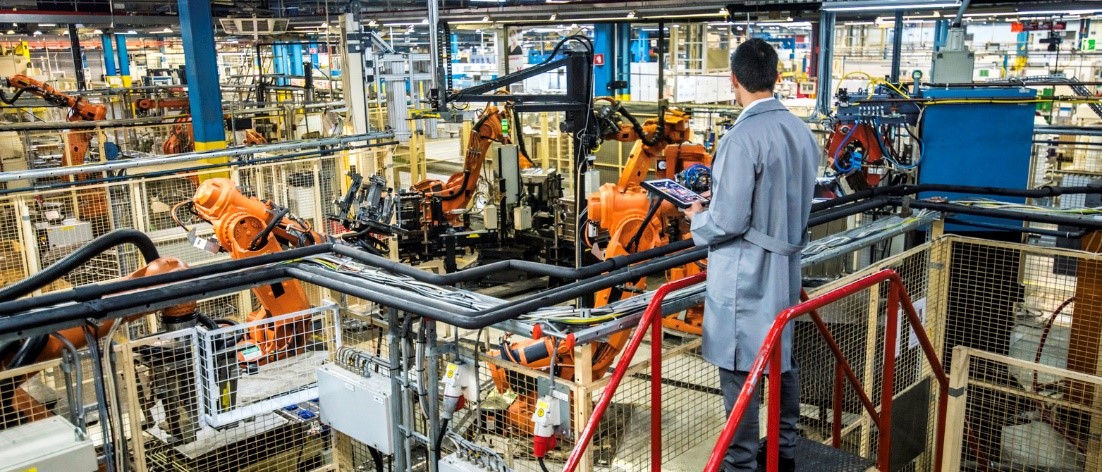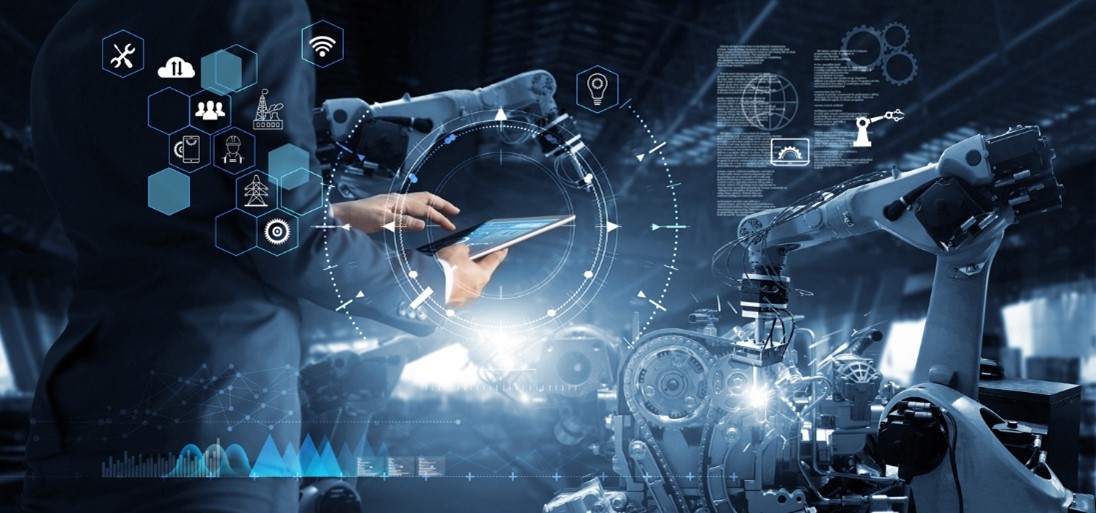
When It’s All About Uptime
While globalization and the unyielding pursuit for better cost-efficiency drove the offshoring and lean supply chain directives, several factors are now reversing that trend. A reshoring movement back to North America has been in process since the last decade, but the disruptions of COVID-19 have accelerated the process.
Reshoring brings many new opportunities to the plastics industry; however, these opportunities require we take a more innovative manufacturing approach to remain competitive and sustainable.
Here are a few of the growing trends in the injection molding industry.
Automation
Automation in the manufacturing world is not new. However, new, and flexible technologies have made automation more accessible to more manufacturers and are changing how companies operate.
Reducing the need for human involvement in repetitive and hazardous tasks makes the production area safer and generates significant cost-saving for factories. Moreover, it solves the availability shortage of labor in our industry.
Recent innovations in control systems and robotics make automation implementation easier and more cost-effective. Robotic automation is one of the essential technologies among manufacturing trends. Industrial automation simplifies a wide variety of processes in the production line, including parts handling, inspection, assembly, and other machining and finishing processes.

Collaborative Robots
Cobots can work together with people in factories and warehouses, getting more work done faster and more safely. Cobots can easily be programmed to consistently perform non-value-added work while people focus on skilled labor.

Augmented Reality
Some complex assembly processes will still depend on human interaction due to the difficulty and flexibility required for the procedures.
This increases the opportunity for human error in the process. While quality procedures and instruction manuals may be available, the reliability of referring to them in a production or assembly line is often unworkable. This increases the probability of errors.
Immersive Techniques
Augmented reality (AR) overlays relevant information on a piece of machinery to guide the operator in identifying and fixing problems.
AR can render 3D visuals of machines in actual proportion as well. This allows for the training of operators through step-by-step visuals on how to repair and maintain machinery. Immersive technology also enables skilled workers to carry out maintenance remotely, reducing the skill gap inside factories.
Virtual Reality in Training
In addition, virtual reality (VR) supports training simulation and developing applications and process knowledge.
Plastic injection molding is a complex scientific manufacturing process that requires knowledge and a methodology.
VR technology will allow upcoming process engineers to walk and work through individual molding set-ups and processing tasks, giving them the skills and confidence to advance to the next level of molding challenges.
Need assistance?
For assistance in identifying the right emerging technologies to implement in your business and to gain a competitive edge, please get in touch with us, we would love to help.
John Ward @ john@turnergroup.net
